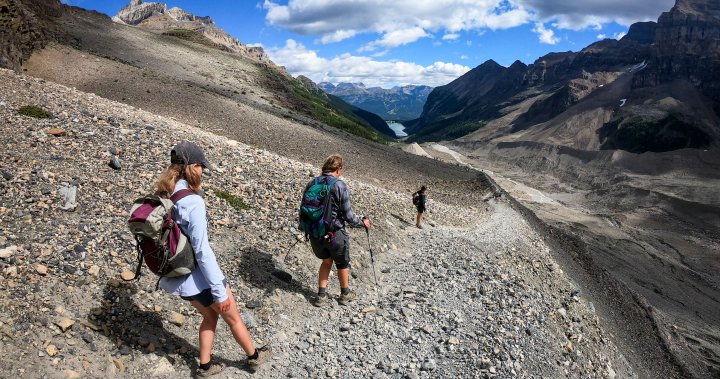
Scientists say new Alberta Trails Act threatens already stressed environment
Global News
Alberta scientists say proposed legislation governing backcountry trails on public lands will thwart efforts to restore nature and will stress an already overtaxed landscape.
EDMONTON — Alberta scientists and environmentalists say proposed legislation governing backcountry trails on public lands will thwart efforts to restore nature and add one more stressor to an already overtaxed landscape.
Environment Minister Jason Nixon has said the Trails Act, awaiting second reading in the legislature, will not close any trails and will lay out a path for new ones.
But parts of the province are already over legal thresholds for so-called “linear disturbances” — anything from a road to a cutline to a pathway. And some wonder how the bill’s intent to open new access will mesh with Alberta’s promises to reclaim increasingly scarce habitat.
“What’s missing from the Trails Act is trail closures in sensitive wildlife habitat,” said Mark Boyce, a University of Alberta biologist.
Nixon made a point of saying there would not be closures when he introduced the bill.
“This will provide an increase in designated trails that meet environmental standards,” he said. “What this act does not do is close trails.”
But at least four peer-reviewed, government-funded studies have concluded that road and trail density are already harming populations of animals such as caribou, grizzly bears and bull trout. That’s especially true in the province’s southwestern foothills and mountains, where off-highway vehicle use has long been popular.
The Livingstone-Porcupine Hills plan for the area, a legal document, stipulates no more than 0.4 kilometres of trail for every square kilometre in the most sensitive zones and 0.6 kilometres everywhere else. Government estimates already put the density in the area at between 0.9 to 5.9 kilometres for every square kilometre.












